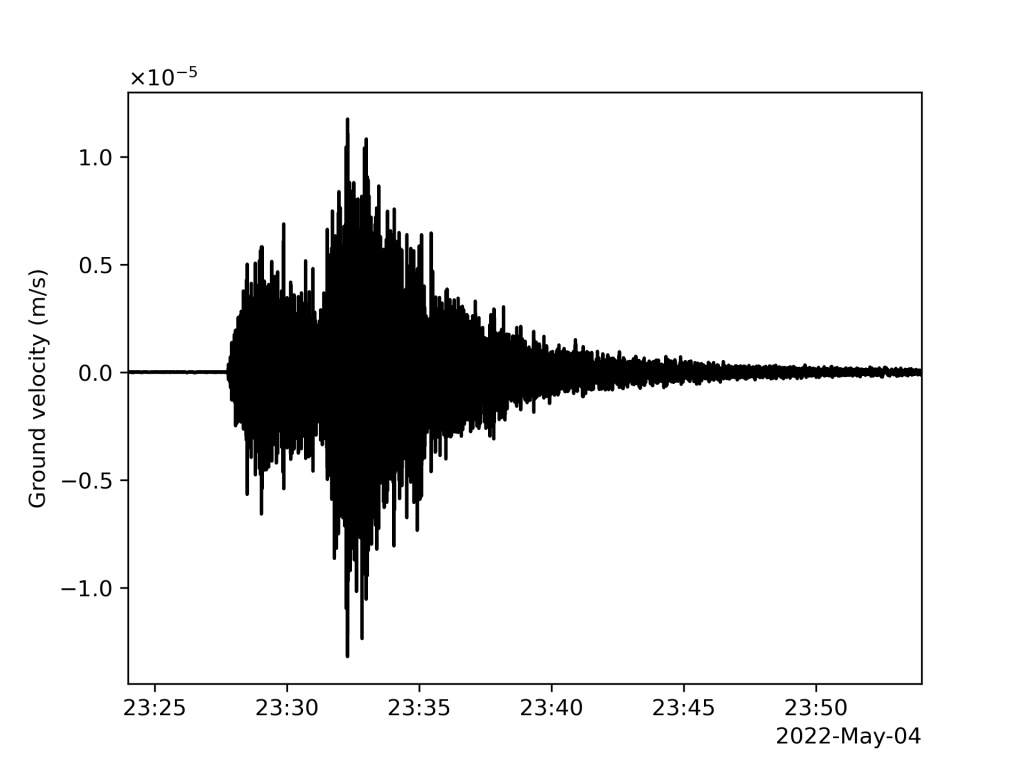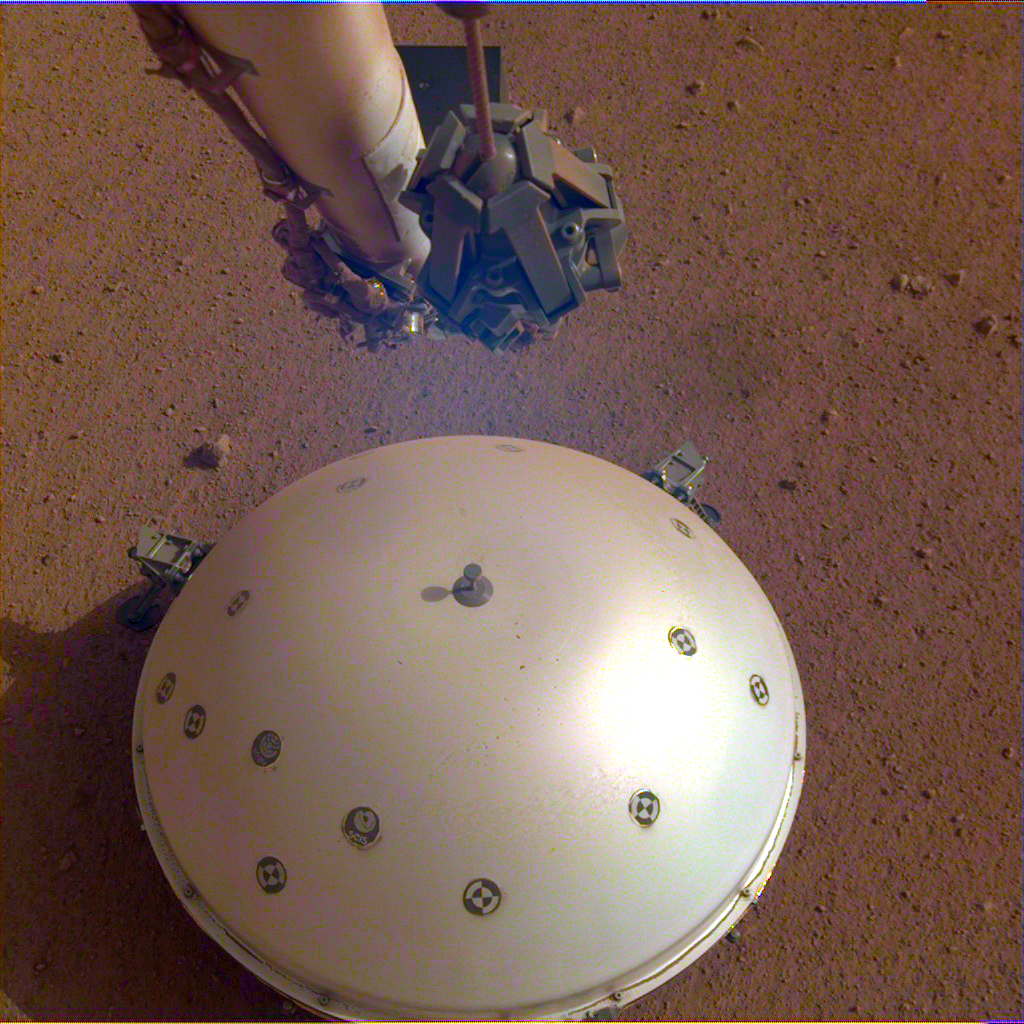With an estimated magnitude of 5, NASA’s InSight researchers have detected the most powerful earthquake ever detected on another planet. The earthquake was recorded on May 4, 2022, on Mission Day 1522, by the InSight seismometer. With this, more than 1,313 earthquakes have been observed since it descended in November 2018, with the largest magnitude yet, 4.2, on August 25, 2021.
InSight is the French CNES (National Spatial Research Center) to Mars equipped with a highly sensitive seismometer to study the deep interior structure of the planet. When seismic waves pass or bounce through Mars’ crust, mantle, and core, they change in such a way that seismologists can determine the depth and composition of the layers involved. In addition to learning about our neighbors, the information we get about the structure of Mars teaches us a lot about the composition of rocky planets and similar celestial bodies in general, including Earth and the Moon.

They’ve been waiting for the “big earthquake” since the seismometer was installed in December 2018, Bruce Banerdt, president of InSight, said. This earthquake will certainly give us insight into the interior of another planet that we haven’t seen anywhere else. Researchers will examine the data recorded for years to come, and learn more and more about Mars.
The Great Earthquake hit the Insight unit as it was experiencing power issues. Because the Martian winter is slowly arriving at its landing site, and with it, the dust flying in the atmosphere is increasing more and more, reducing the amount of available sunlight. On May 7, 2022, the power available for the landing module dropped below the level that enabled Safety Mode, in which case InSight will shut down all operations other than its primary missions. This safety switch is designed to protect landing gear and is expected to activate at other times as available power slowly decreases.

The landing unit completed its primary mission in late 2020, achieving its original science goals. Currently, NASA has extended its operation until December 2022.
source: NASA JPL
Suspension











































